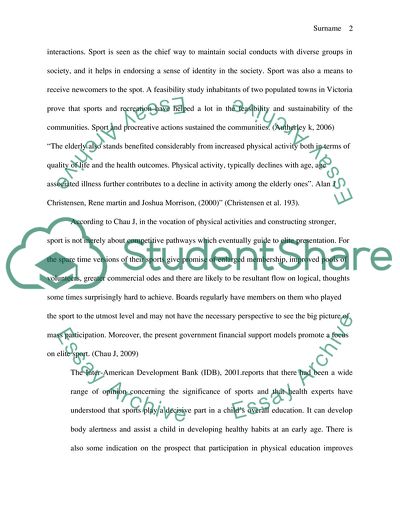Cite this document
(Analysis of Sport and Community Organization in the 21st century Literature review, n.d.)
Analysis of Sport and Community Organization in the 21st century Literature review. Retrieved from https://studentshare.org/sports-and-recreation/1772700-sports
Analysis of Sport and Community Organization in the 21st century Literature review. Retrieved from https://studentshare.org/sports-and-recreation/1772700-sports
(Analysis of Sport and Community Organization in the 21st Century Literature Review)
Analysis of Sport and Community Organization in the 21st Century Literature Review. https://studentshare.org/sports-and-recreation/1772700-sports.
Analysis of Sport and Community Organization in the 21st Century Literature Review. https://studentshare.org/sports-and-recreation/1772700-sports.
“Analysis of Sport and Community Organization in the 21st Century Literature Review”, n.d. https://studentshare.org/sports-and-recreation/1772700-sports.


